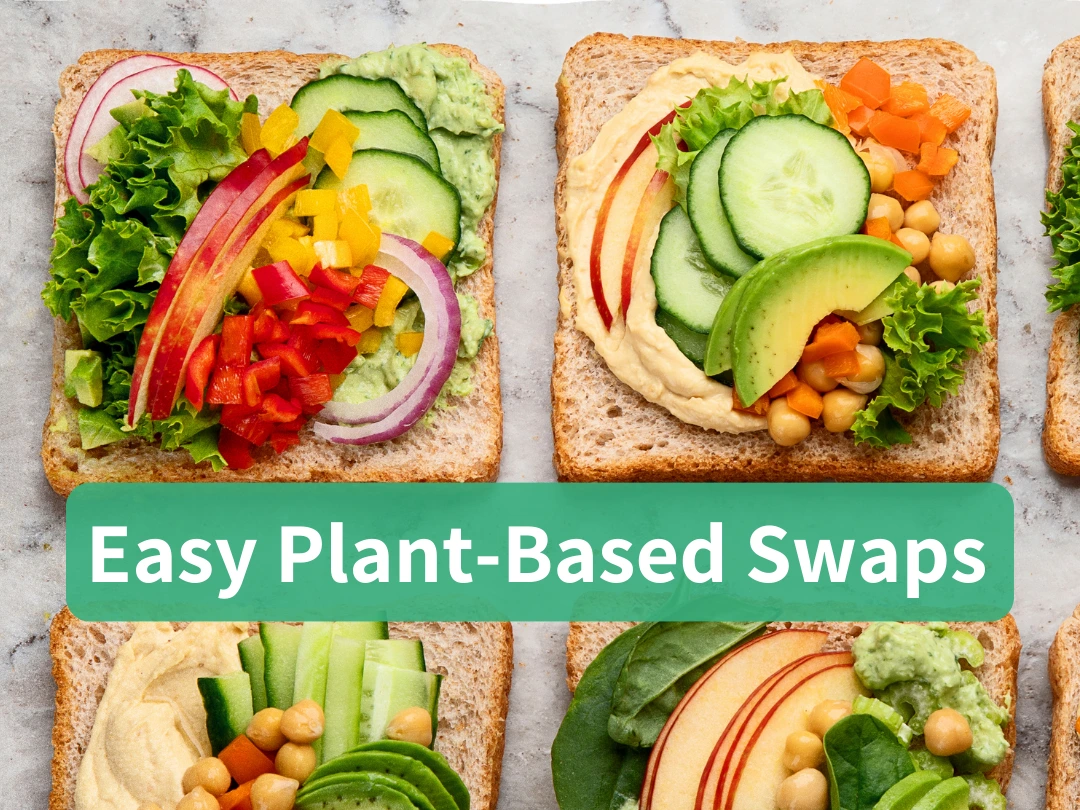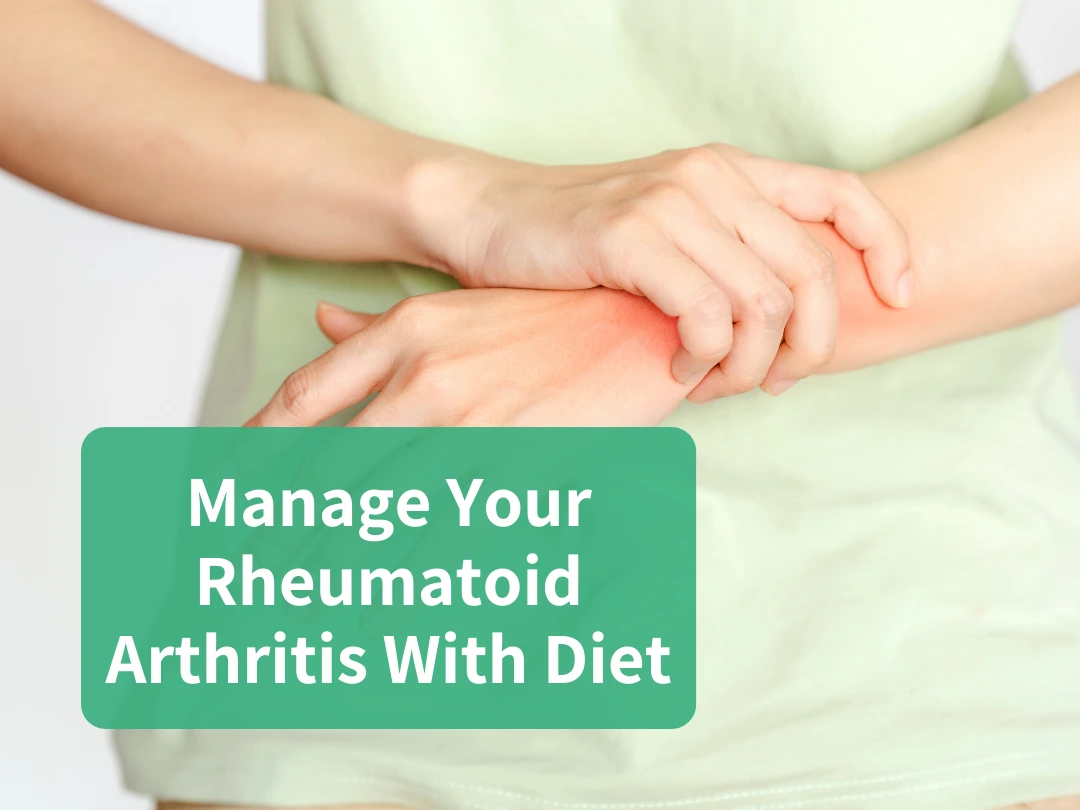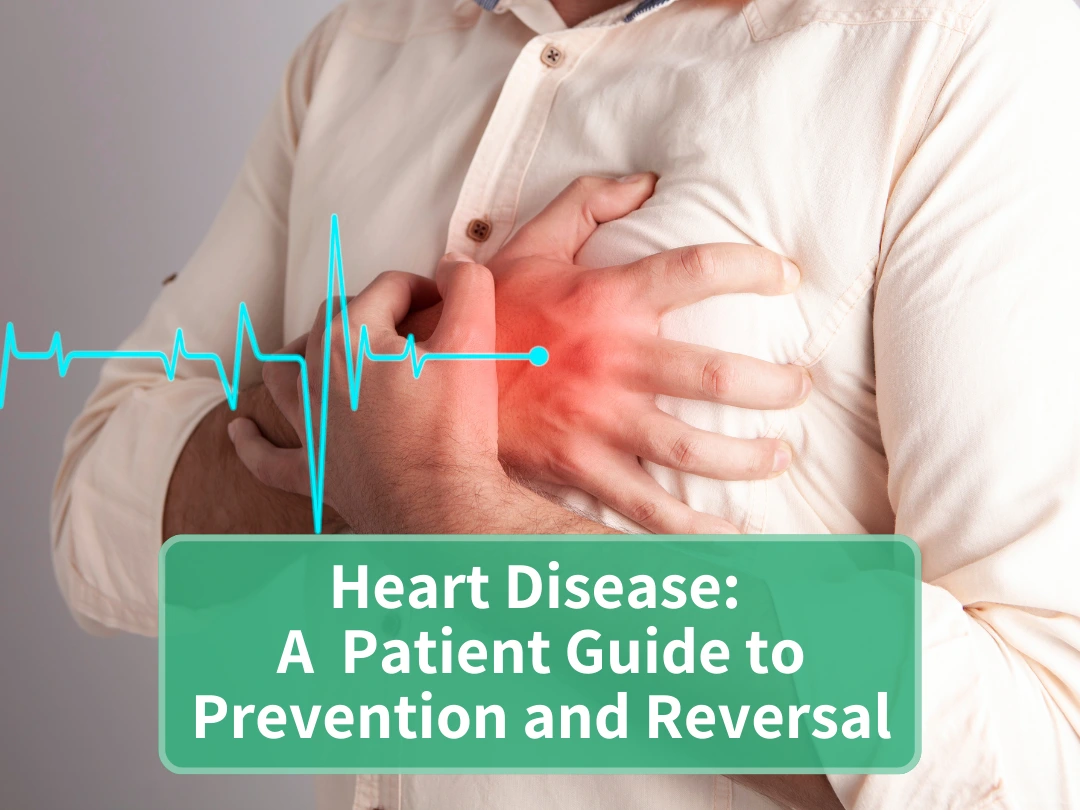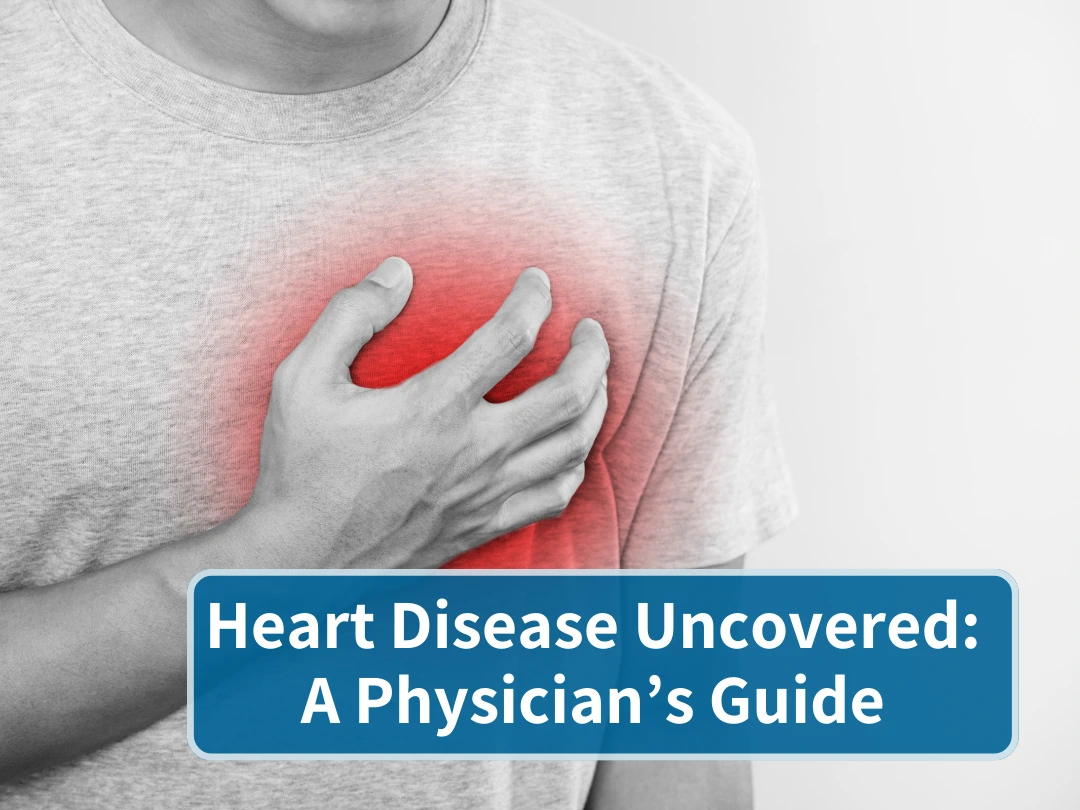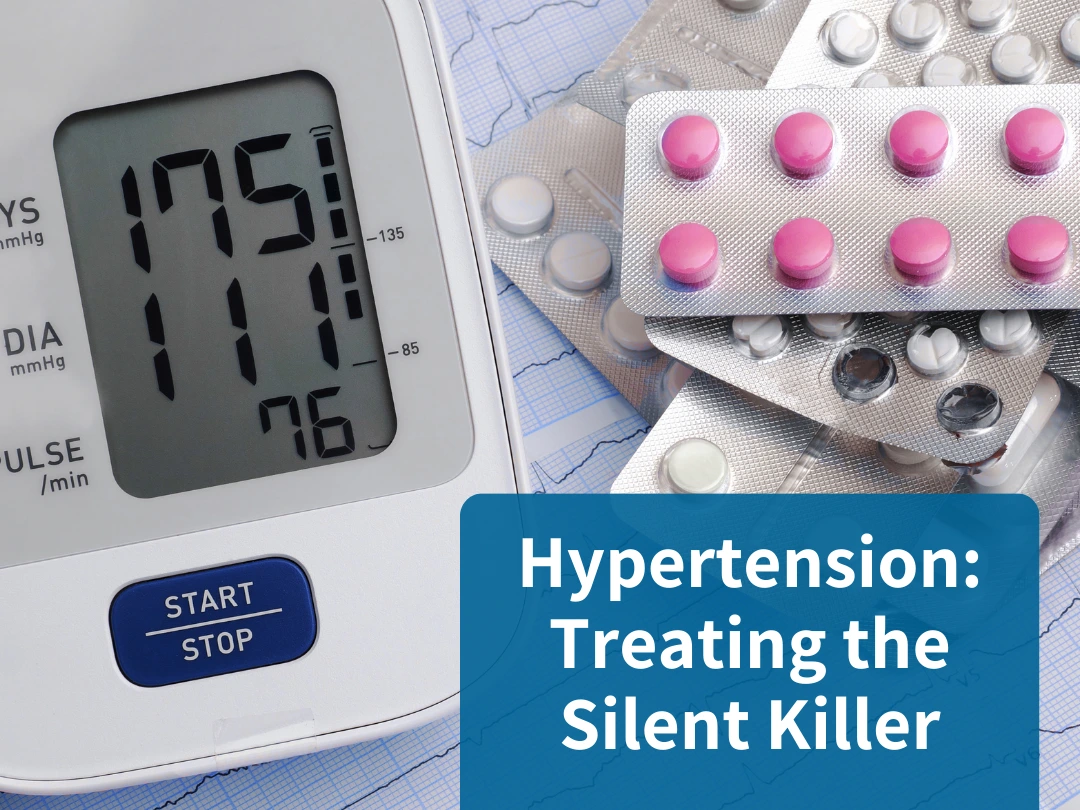
#MedMonth International Hummus Day
Seven Delicious Twists on the Humble Hummus Recipe
To continue our celebration of #MedMonth and to honour International Hummus Day, we’ve collected 7 delicious hummus recipes to get your taste buds excited. What easier way to enjoy these nutritious pulses than whizzing them up into a creamy dip in a blender?
The meal possibilities for hummus are endless. It can be served as a dip, spread or with salad. Any of the recipes here (except the sweet hummus) are a great addition to a Budda bowl. For a snack or light lunch, serve any of the hummus recipes with toasted wholewheat pita bread slices and raw sliced veggies for dipping.
Get your can of chickpeas ready and choose your favourite variation to try out first. Snap a photo and tag us on social to let us know what your favourite hummus recipe is. We’re on Facebook, Instagram, Twitter and LinkedIn.
Before we dig into the recipes, here are a couple of general tips for perfect hummus every time:
- Pour in the olive oil during processing until the ideal consistency is reached.
- Add a dash of cold water to help make it smooth and creamy.
- For extra smooth hummus, remove the skins by gently rolling the chickpeas in a clean kitchen towel before using.
- Don’t discard the aquafaba (the chickpea water)! If your hummus is too thick, add some instead of water when processing. Or, use it in another recipe – aquafaba is great as an egg replacement in desserts such as dairy-free mousse.
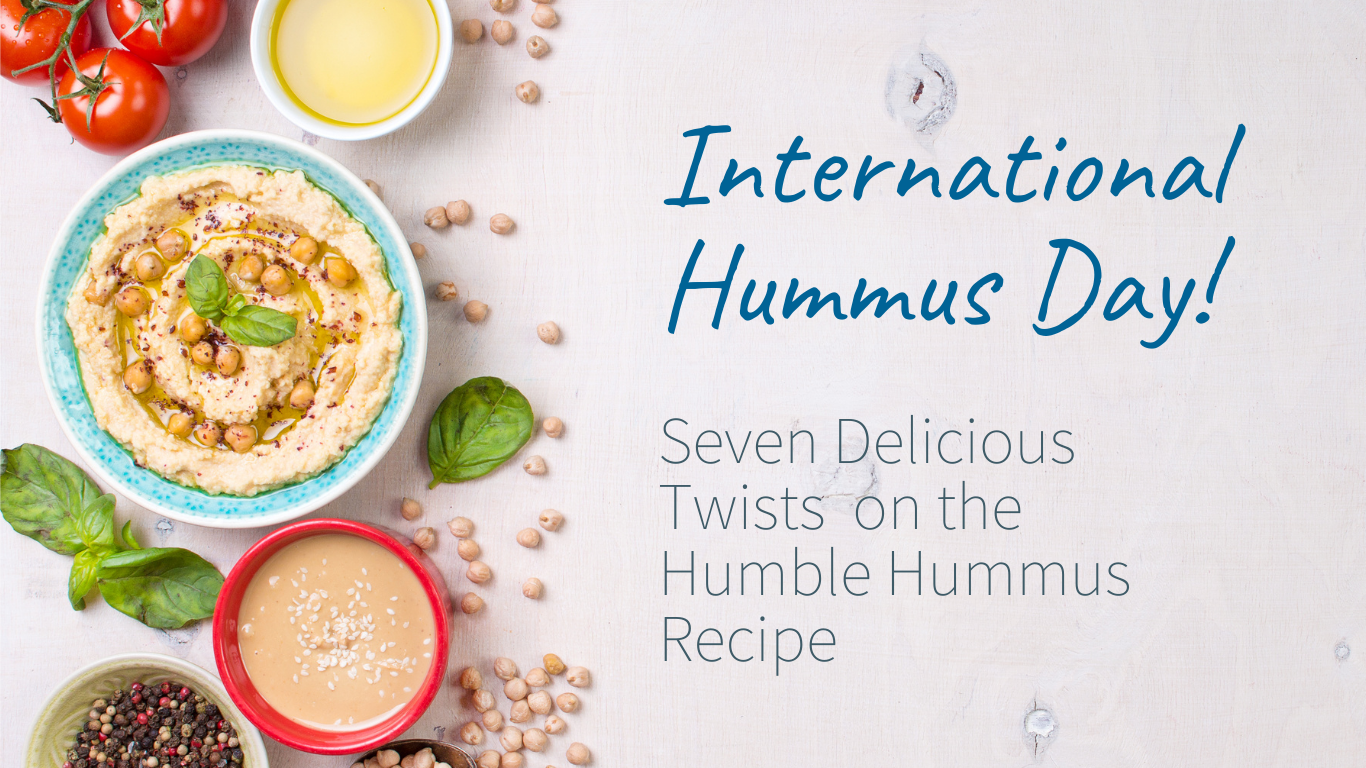
CLASSIC HUMMUS
Ingredients
400 g cooked chickpeas, drained (set aside a few whole chickpeas for the decoration)
6 cloves of garlic
juice of 2 lemons
8 tbsp extra virgin olive oil
4 tbsp tahini
1 tsp ground cumin
salt & pepper (to taste)
Preparation
- Add all ingredients into a food processor and blend for about 2-3 minutes, until nice and smooth.
- Transfer to a bowl and top with the whole chickpeas and a dash of olive oil. Optionally, sprinkle with fresh chopped parsley and sweet or smoked paprika.
- Serve with toasted wholewheat pita bread slices and raw sliced veggies for dipping.

BEETROOT HUMMUS
Ingredients
250 g cooked beetroot
400 g cooked chickpeas, drained
2 cloves of garlic
juice of 1 lemon
3 tbsp extra virgin olive oil
2 tbsp tahini
1⁄2 tsp ground cumin
salt & pepper (to taste)
Preparation
- Chop the beetroot into bite-size pieces.
- Add all ingredients into a food processor and blend for about 2-3 minutes, until nice and smooth.
- Serve as a spread on whole wheat or sourdough bread rolls.

SUN-DRIED TOMATO HUMMUS
Ingredients
800 g cooked chickpeas, drained
10 sun-dried tomatoes
2 tbsp oil (from sun-dried tomato jar)
juice of 2 lemons
2 cloves of garlic
2 tbsp tahini
1 tsp dried oregano
1⁄2 tsp sea salt
50 g pine nuts
Preparation
- Lightly toast the pine nuts in a dry pan (no oil) and set aside.
- Add all other ingredients into a food processor and blend for about 2-3 minutes, until nice and smooth.
- Serve with the toasted pine nuts on top, and drizzle with extra virgin olive oil.
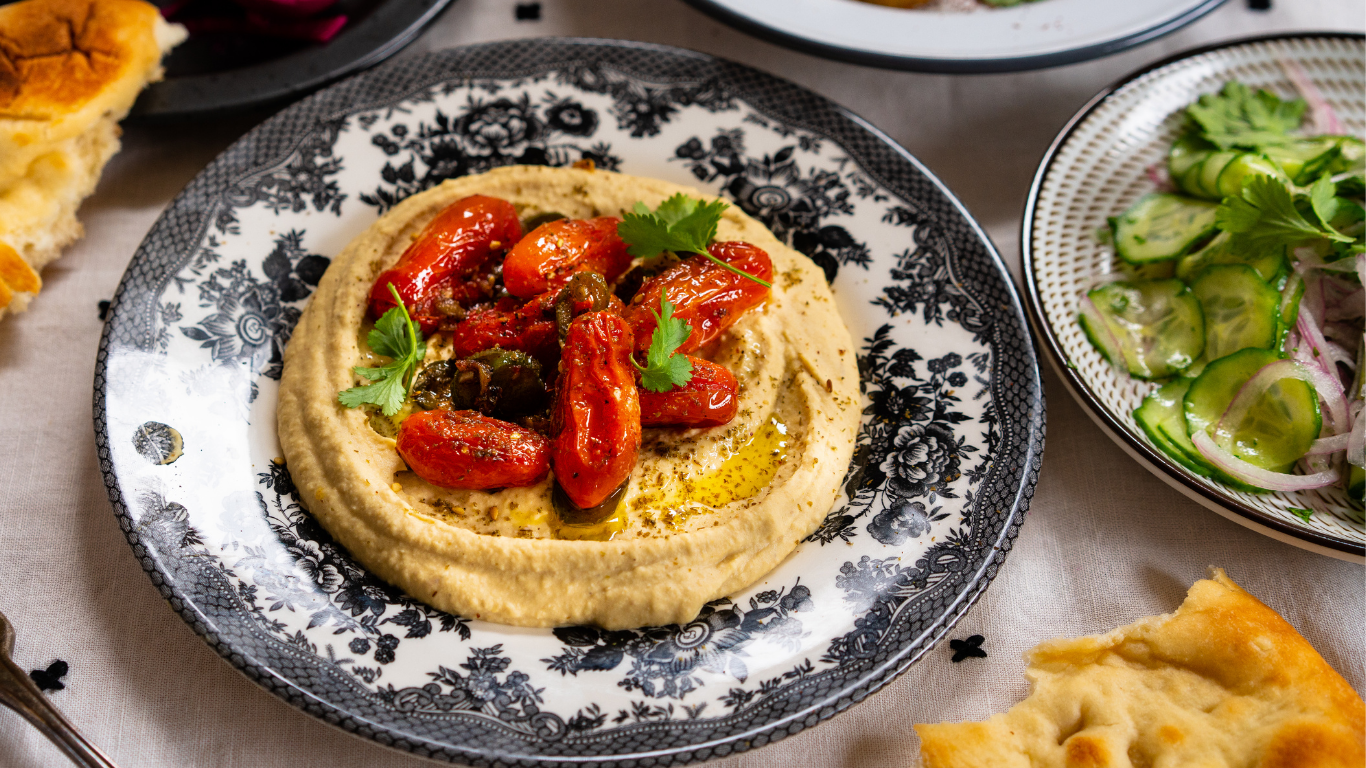
GINGER & TURMERIC HUMMUS
Ingredients
400 g cooked chickpeas, drained
3 cm of ginger, peeled and grated
1 clove of garlic
juice of 1 lemon
2 tbsp tahini
2 tbsp extra virgin olive oil
1 tsp turmeric powder
salt & pepper (to taste)
Preparation
- Add all ingredients into a food processor and blend for about 2-3 minutes, until nice and smooth.
- Drizzle with olive oil and sprinkle with fresh chopped parsley.
- Serve with the veggie dipping sticks of your choice!
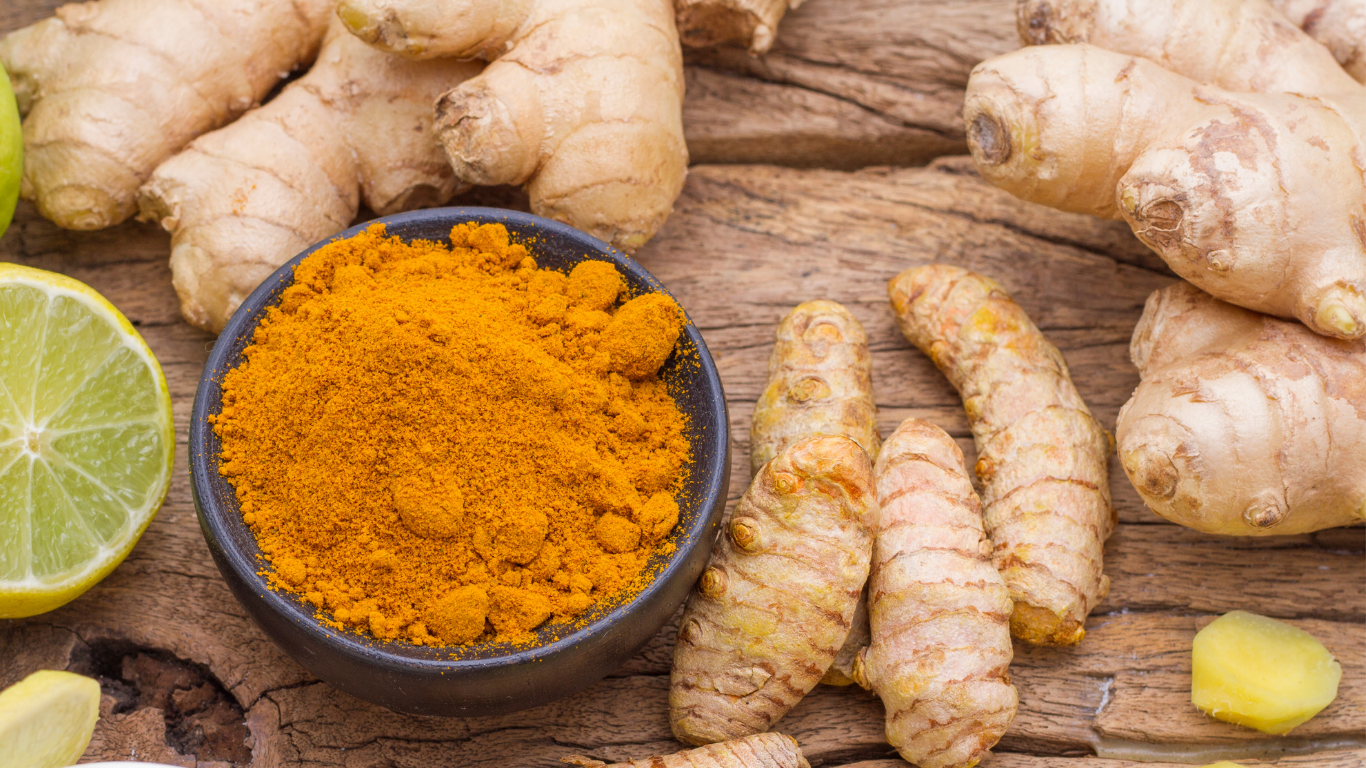
ROASTED SWEET POTATO HUMMUS
Ingredients
1 small / medium sweet potato
1 tsp extra virgin olive oil
400 g cooked chickpeas, drained
1 clove of garlic
2 tbsp tahini
2 tbsp of lemon juice
salt & pepper (to taste)
1 tsp cinnamon or pumpkin pie spice
Optional: a dash of maple syrup to sweeten
Preparation
- Preheat oven to 200°C. Cut the potato into cubes and toss in oil.
- Roast for 15 – 20 minutes until cooked. Set aside and allow to cool.
- Add potato and remaining ingredients into a food processor and blend for about 2-3 minutes, until nice and smooth.
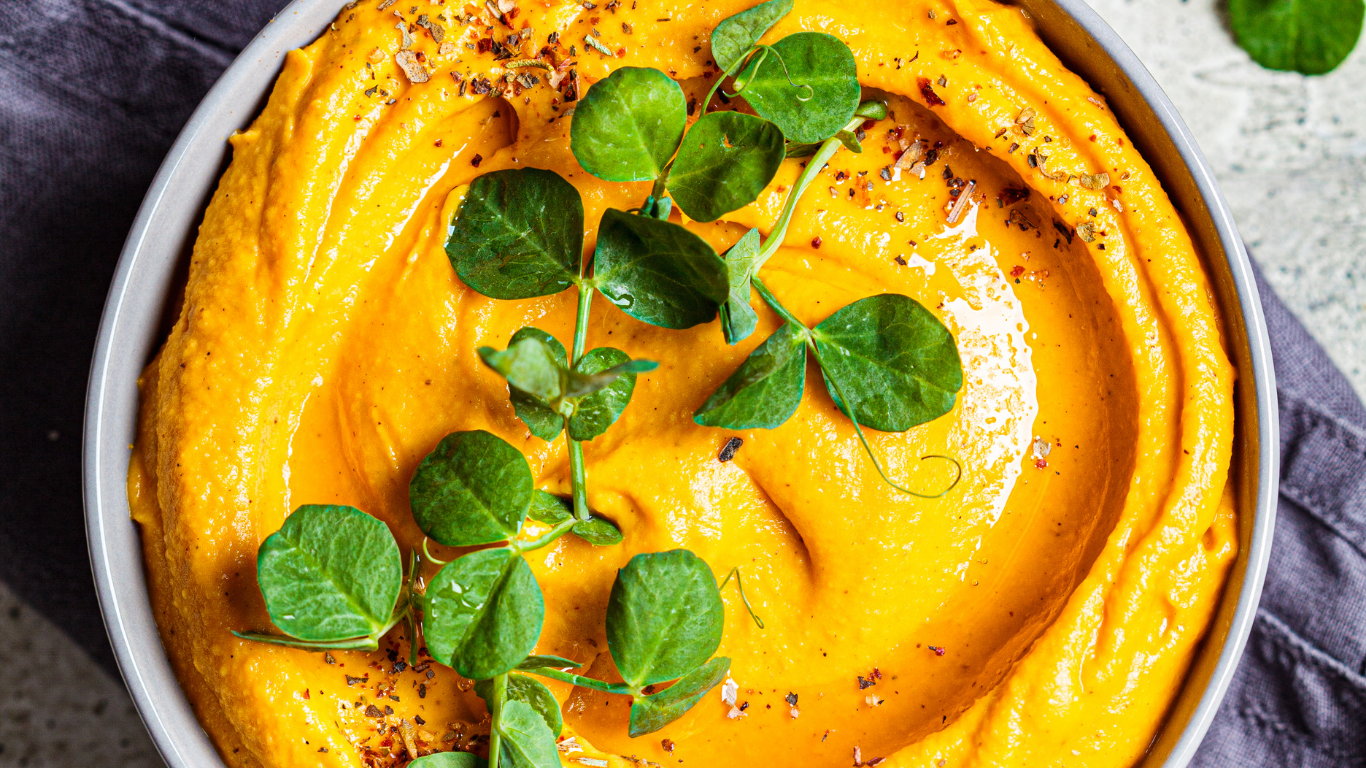
GREEN LENTIL HUMMUS WITH HERBS AND OLIVES
Ingredients
250 g green lentils, cooked and drained
70 g kalamata olives, pitted
juice of 2 lemons
2 cloves garlic
4 tbsp extra virgin olive oil
2 tbsp tahini
1⁄2 tsp cumin
2 tbsp sunflower seeds
fresh, chopped parsley
Preparation
- Lightly toast the sunflower seeds in a dry pan (no oil) and set aside.
- Add all ingredients (except sunflower seeds and parsley) into a food processor and blend for about 2-3 minutes, until nice and smooth.
- Transfer to a bowl and sprinkle with the sunflower seeds and parsley.
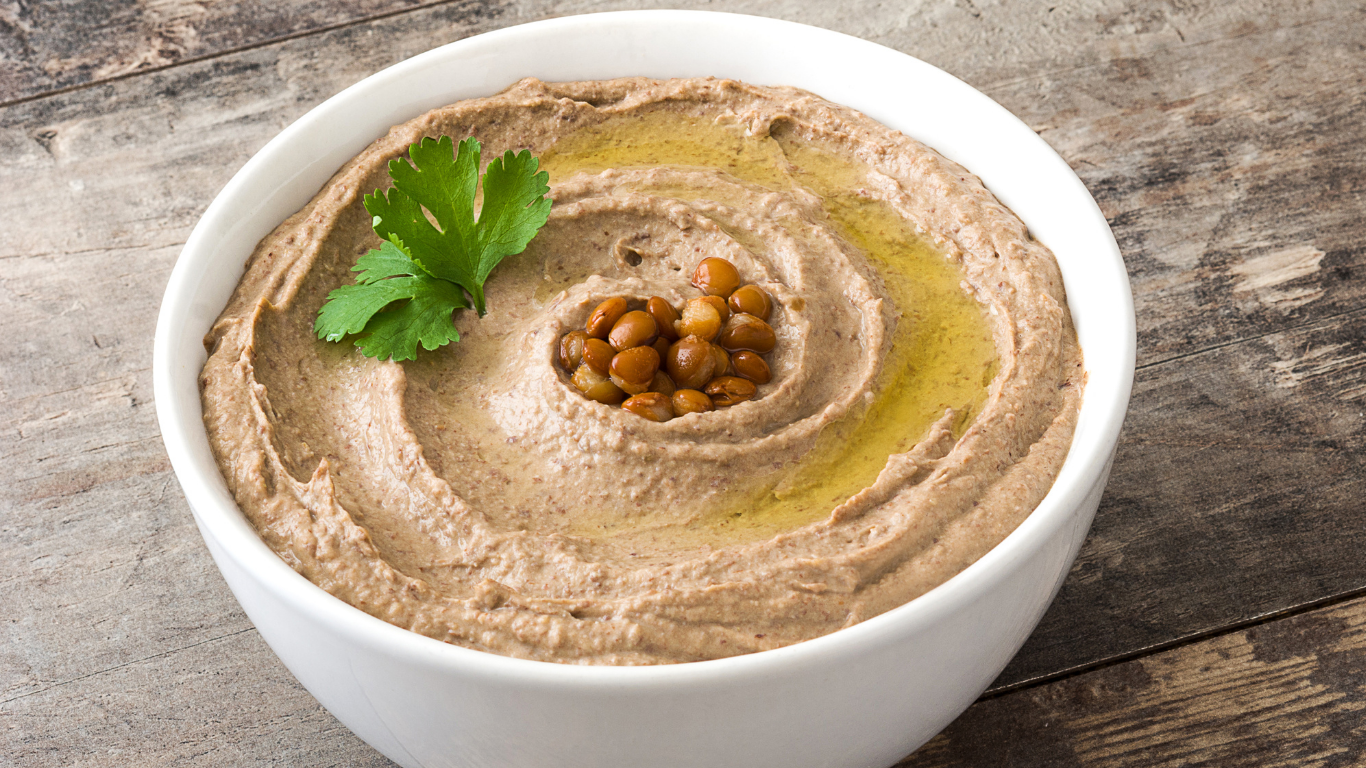
SNICKERDOODLE HUMMUS (SWEET)
Ingredients
400 g cooked chickpeas, drained
2 tbsp almond butter
2 tbsp date syrup
2 large dates
3 tbsp unsweetened plant milk
2 ½ tsp vanilla extract
1 ½ tsp cinnamon
pinch of salt
Preparation
- Add all ingredients into a food processor and blend for about 2-3 minutes, until nice and smooth.
- Allow hummus to chill in the fridge for a couple of hours before serving. Resist the temptation to eat it straight out of the blender!
- Serve with fresh fruit such as apple slices, bananas and berries, or spread on rice crackers or whole wheat toast.
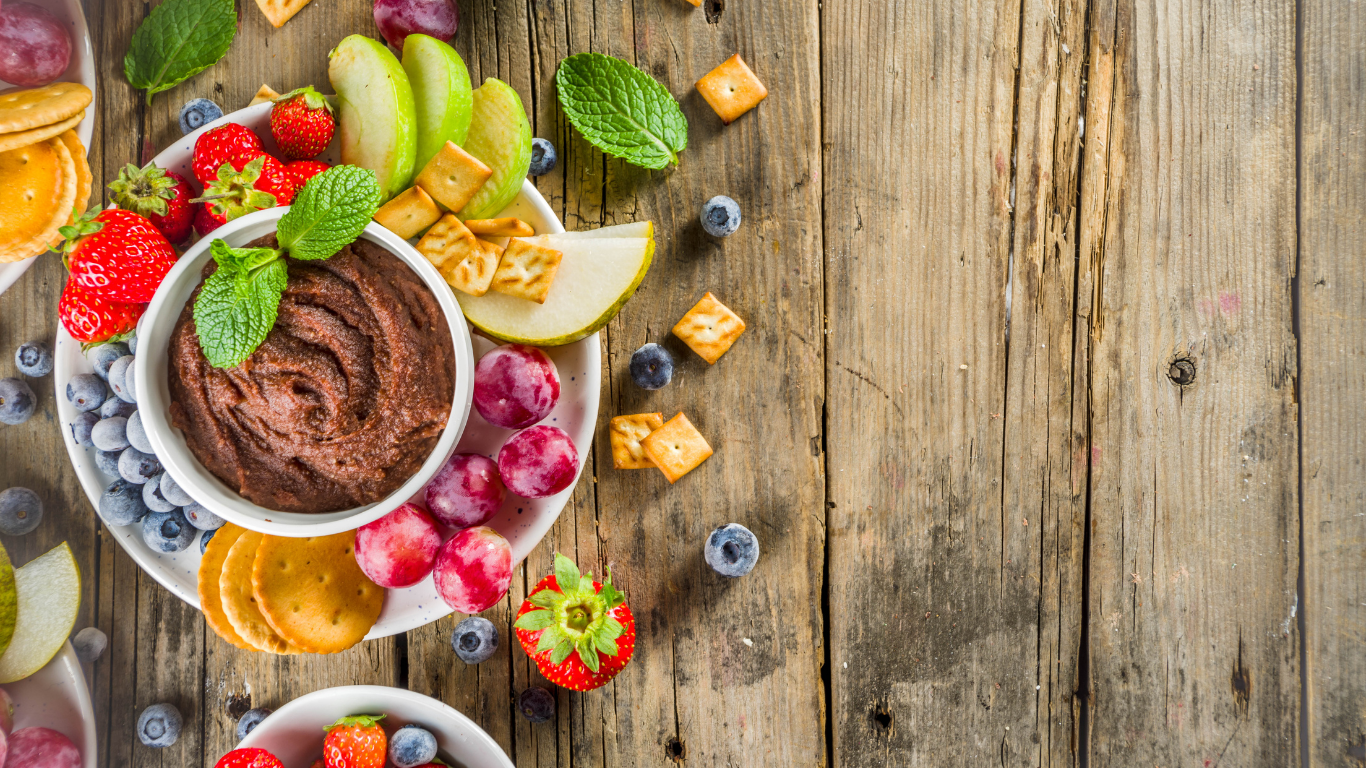
Recent posts
Alzheimer’s Disease: Decode the Complex Puzzle
Alzheimer’s is a complex puzzle. Learn about genetic factors and how recommending a whole food, plant-based diet can elevate patient care.
A Patient Guide to Outsmarting Alzheimer’s Disease
Learn how dietary choices impact Alzheimer’s risk. Discover measures that can slow progression and reduce its effects.
Easy Plant-Based Swaps
Make your transition to a whole food, plant-based diet stick. Explore delicious and easy plant-based swaps to add more plants to your plate.
Manage Your Rheumatoid Arthritis With Diet
Manage rheumatoid arthritis naturally with a plant-based diet. Reduce inflammation, ease joint pain, and improve your overall health.
Rheumatoid Arthritis and Diet: A Physician’s Guide
Rheumatoid Arthritis and Diet: A Physician’s GuideBy Carlijn Wagenaar, MD and Wendy Walrabenstein, RD from PAN The...
Heart Disease: A Patient Guide to Prevention and Reversal
Discover how to prevent and reverse heart disease. Learn about the advantages of lifestyle changes with a whole food plant-based diet.
Heart Disease Uncovered: A Physician’s Guide
Uncover the secrets to prevent and reverse heart disease. Learn how a whole food plant-based diet can help patients lead a heart-healthy life.
Treating the Silent Killer: Hypertension Insights and Solutions
Explore the power of plant-based diets in managing hypertension. Empower your patients to take control of their blood pressure readings.
Hypertension: A Patient Guide to Reducing High Blood Pressure
Is high blood pressure dangerous? What can you do to manage hypertension and reduce your risk of other related diseases?
Carbohydrates: A Complex or Simple Matter?
Are carbohydrates essential for our health? Do low-carb diets yield greater weight loss? What benefits do whole plant-based foods provide? Find out the answers to these questions and more in this blog post.

Making better physicians
Ready to improve your nutrition knowledge?
Sign up to the PAN Academy and take our free online courses on nutrition science.
Module #2 Basics of Nutrition
Are you interested in digging deeper into the evolution of nutrition science? Wanna upskill your understanding of micro and macronutrients and their roles in the human body? Then, this module is for you!



Making better physicians
Ready to improve your nutrition knowledge?
Sign up to the PAN Academy and take our free online courses on nutrition science.
Module #2 Basics of Nutrition
Are you interested in digging deeper into the evolution of nutrition science? Wanna upskill your understanding of micro and macronutrients and their roles in the human body? Then, this module is for you!



